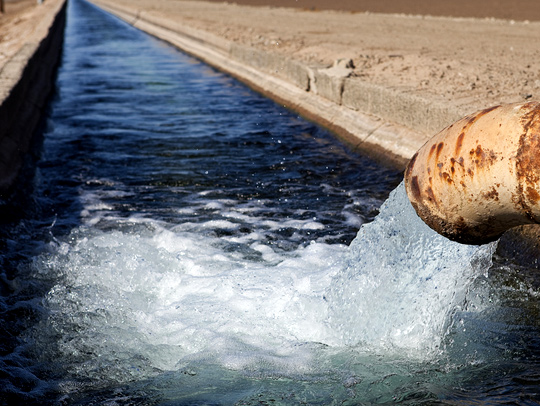California Dairies and Partners Nationally Recognized for Saving Billions of Gallons of Water
November 11, 2022 | 2 min to read

California’s most precious resource today is water. Making every drop go further couldn’t be more important. Water conservation has been an ongoing endeavor for the state’s dairy farmers, who have reduced the water footprint of a glass of milk by more than 88 percent over the last 50-plus years. One newer strategy that California dairy farmers are adopting is helping to save billions of gallons of irrigation water. The effort has been nationally recognized as a partnership that’s making a splash in water efficiency and conservation, among other significant environmental benefits.
A growing number of dairy farms are saving about 36 percent of the water needed to grow feed crops by using a Subsurface Drip Irrigation system to apply dairy effluent (known as SDI-E). Using this method, dairy farmers apply a mix of fresh water and manure-nutrient water directly to the plant’s roots via drip lines. The approach increases the nutrient use efficiency of crops, meaning more of the applied fertilizer makes it into the plant, better protecting groundwater. Already, 26 California dairy farms are implementing the system on one or more fields, resulting in a collective annual water savings of more than 1.3 billion gallons of water.
The innovative irrigation model allows dairy farmers to tap into an existing resource and use it most efficiently. California dairy farms use recycled water to flush manure from barn floors, and finally to irrigate feed crops. Combining the advantages of a traditional sub-surface drip irrigation system with dairy effluent applications required some work. The technology was developed through a pilot project and further proven through a three-year commercial demonstration, which led to eligibility for federal cost-share opportunities to promote on-farm adoption.
To read the rest of the story, please go to: Dairy Cares
